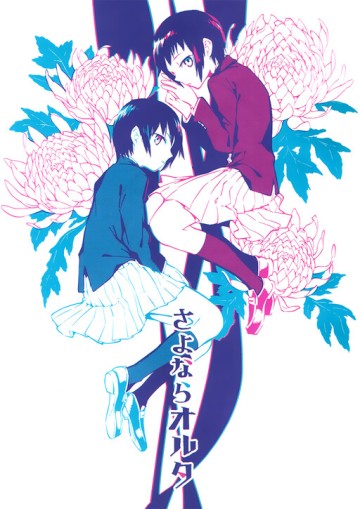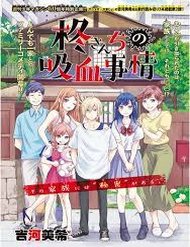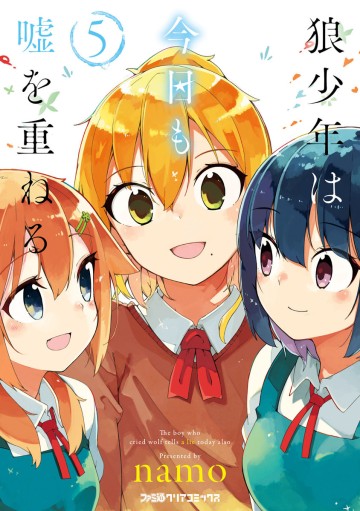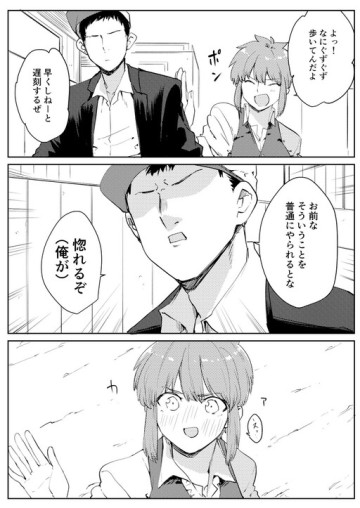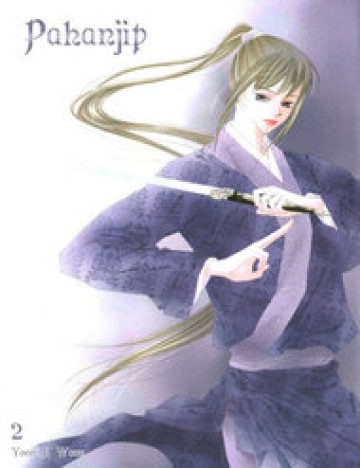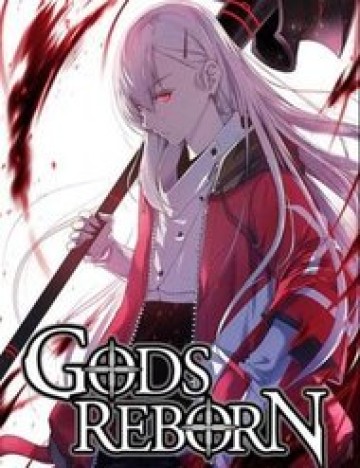Blue Spring Ride: Fecomic’s Deep Dive into the Misleading Expectations for Young Readers
Shoujo insiders may be familiar with the phenomenal series Blue Spring Ride. At first glance, it appears to be a heartwarming love story, and to some extent, it is. However, as the plot develops, the romance becomes intense and drama takes center stage. The characters are portrayed as flawed individuals, leading to mixed reviews and a debate about the toxic nature of the male lead, Kou Mabuchi.
Kou Mabuchi: A Complex Character
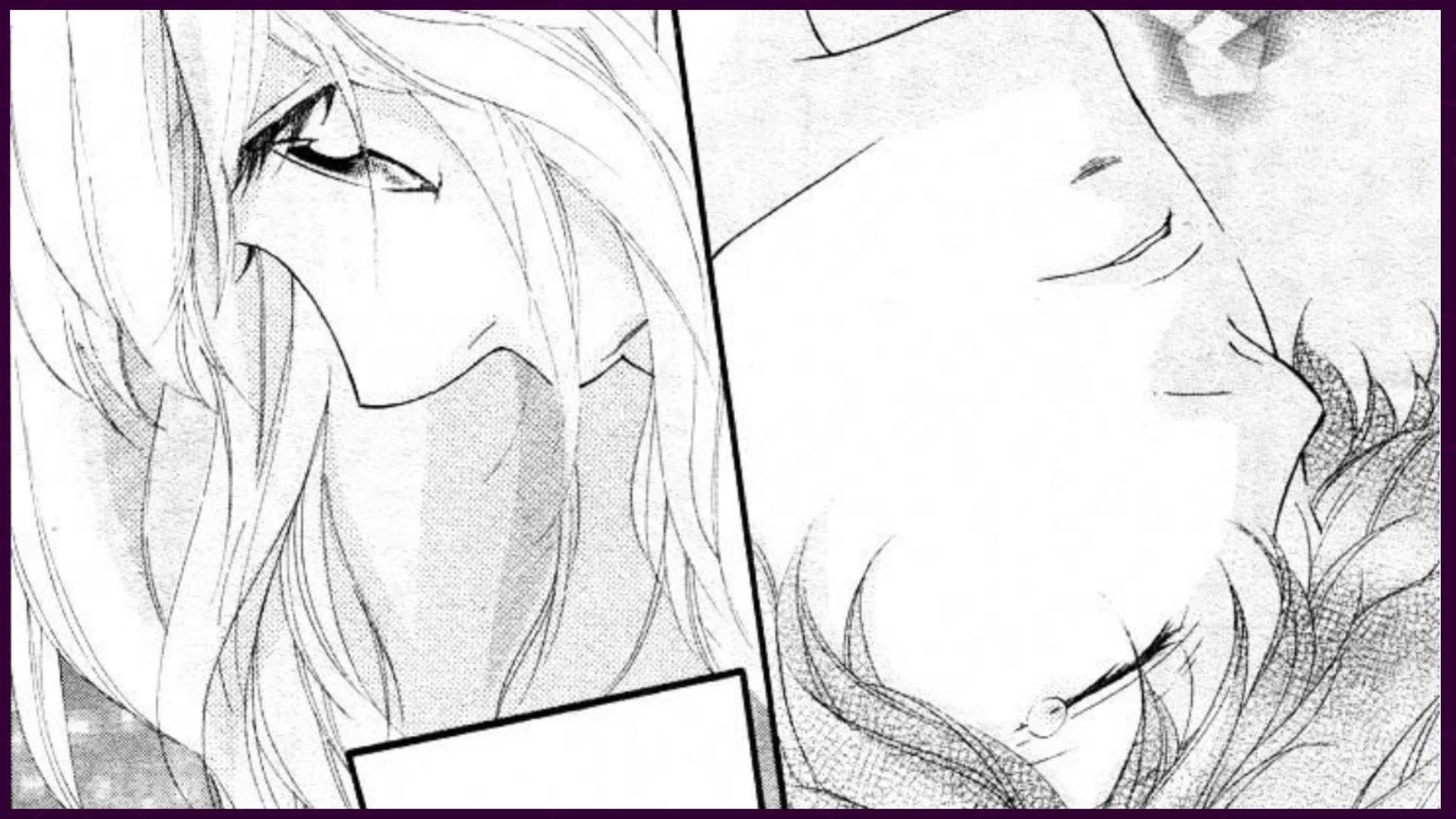
Like many others, Kou is a character with shades of gray. He has experienced an indescribable loss, spending lonely days by his sick mother’s side in the hospital. The weight of sadness and loneliness has become a part of him, causing him to push people away. Moreover, he is just a seventeen-year-old boy, emotionally fragile due to his insecurities and traumatic past.
Kou’s emotional baggage often manifests in problematic ways. His relationship with Futaba, the female protagonist, deviates from the ideal. He gives her mixed signals and even dates someone else while having feelings for her. He remains with Narumi because they share the intimate experience of losing a parent, feeling obligated to stay by her side.
However, it is important to note that his treatment of Futaba cannot be justified. This analysis aims to better understand their complex relationship.
Misleading Expectations for Young Readers
From a realistic standpoint, Blue Spring Ride has the potential to mislead teenagers. Here are a few points that might contribute to this:
- Kou and Futaba end up together despite all the unnecessary drama, which can glamorize suffering and the notion of finding “the one.”
- Futaba starts dating Touma, who showers her with love, attention, and affection (love-bombing), without taking a break from the Kou drama.
- Despite Kou’s shortcomings in maintaining a healthy relationship, he still ends up with Futaba because she is “the one” for him.
Young viewers/readers of Blue Spring Ride might romanticize these ideas and continue to stay in relationships that are meant to be learning experiences.
Interpretation is Key
Ultimately, the problematic aspects of Blue Spring Ride come down to interpretation. The author deliberately incorporates the consequences of life by introducing other potential partners for Futaba, besides Kou. Futaba’s friends also strongly disapprove of Kou’s behavior.
Throughout the manga, the creator does not justify Kou’s questionable actions. However, there is a lot to be inferred from the story. Blue Spring Ride may not be perfect, but in terms of slow-burn and dramatic romance, it has the potential to be a top contender.
In conclusion, Blue Spring Ride can indeed mislead teenagers. However, if we scrutinize every form of fiction with the same intensity, nearly every title will fall into this category. It is essential to approach such stories with a critical mind and remember that real-life relationships are nuanced and require healthy communication and mutual respect.
To explore more captivating manga and anime content, visit Fecomic.

